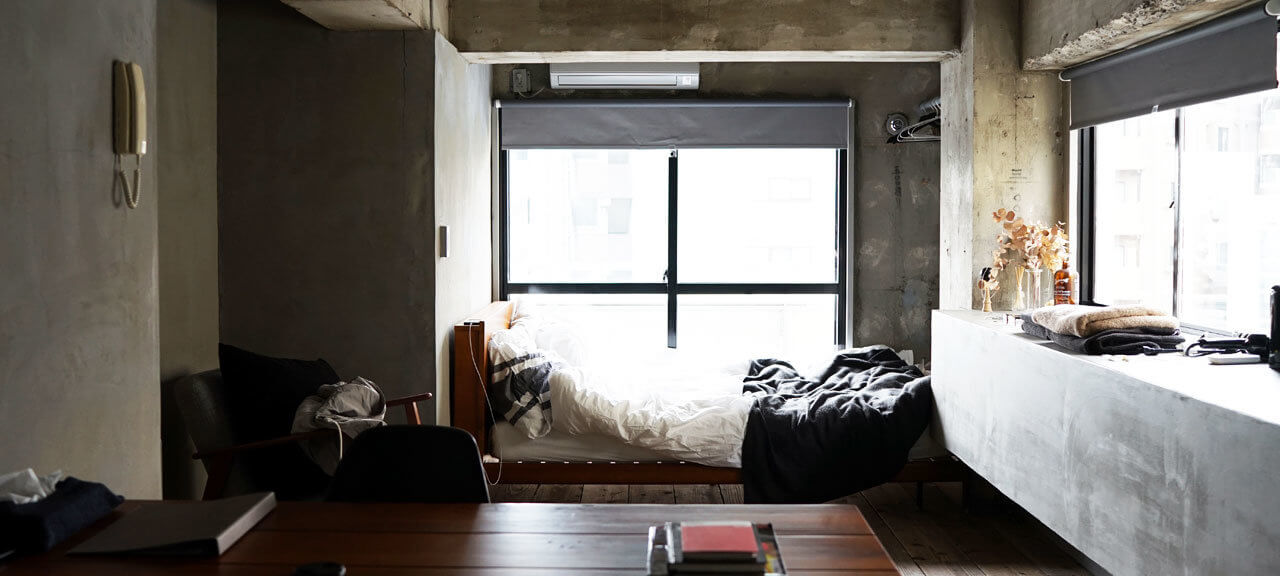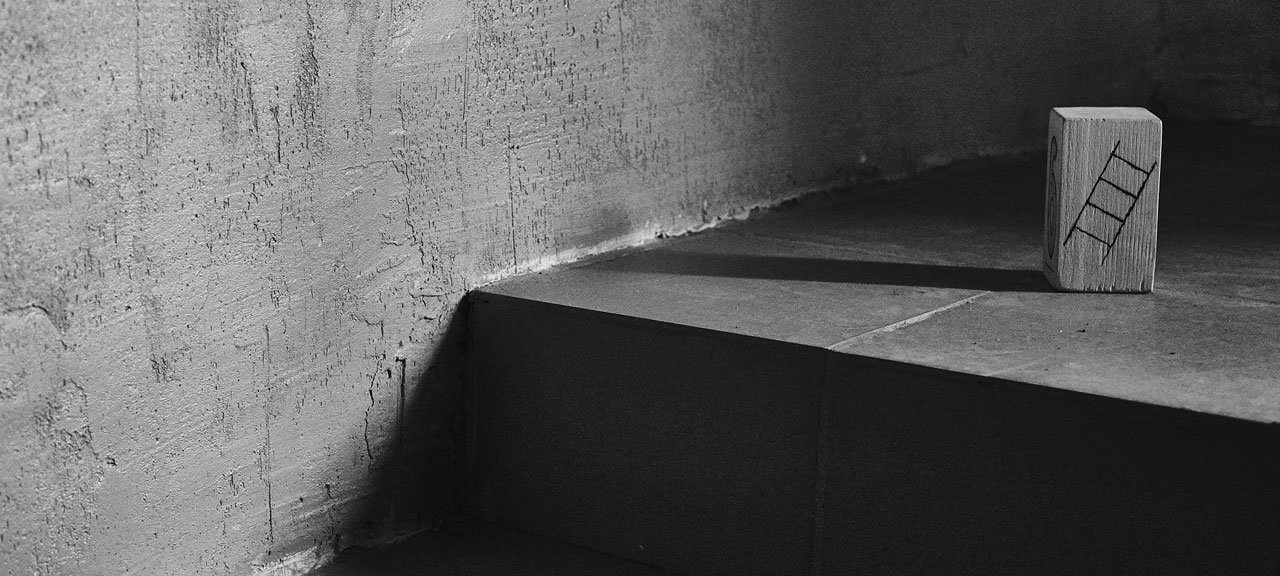Whether you live in an HDB flat or in landed property, a complete home revamp is a big job. Think carefully about your specific requirements and make sure you and your contractor are on the same wavelength. A professional builder will be able to give you expert advice on each aspect of your renovation project.
2. Look at the bigger picture
Think about how the different parts of your
whole house redesign will fit together. An experienced company can help you attain a consistent theme throughout your renovation project, fusing various elements of design to create balance and harmony.
3. Consider scale and proportion
Ask your designer or contractor about scale and proportion across all aspects of the project. It’s mainly a question of balance: too many bulky items in a room make it look small; too many small items, and it looks cluttered.
4. Ensure preparation work is done
Preparation is a crucial element of a home redesign but often overlooked by the amateur; in fact, poor preparation is probably the worst mistake in a house remodel. A detailed plan will help to keep you within budget and ensure the project runs smoothly and in a timely manner.
5. Take accurate measurements
Before buying new appliances or furniture, make sure you take precise measurements, to ensure there’s adequate space for your fixtures and fittings. Beware of falling into the trap of snapping up a bargain on a whim, only to find your lovely new cooker won’t fit in your kitchen.
6. Plan for sufficient storage space to avoid clutter
Household items such as books, magazines, clothing, linen, and toys all need a home if your house redesign is to work as a clutter-free, relaxing space, so ensure your design provides room for cabinets and other storage areas to keep your home looking neat and tidy.
7. Add custom furniture and cabinetry
Custom-made furniture and cabinets give you the perfect opportunity to make your home unique. You can use the powerful design potential of customised furniture to reflect your tastes and lifestyle.
Hiring a professional company will guarantee your whole house renovation meets all health and safety standards. This is especially important with electrics, where a botched DIY job could pose a potentially-fatal threat.
9. Choose appropriate flooring and floor design
Flooring comes in such a wide range of materials that you can select a floor covering that both looks good and matches your particular needs. Choosing quality materials and products and engaging a flooring installation specialist will ensure your flooring is a stylish, functional feature of your home.
Experienced painting contractors know that the sort of paint used (water- or oil-based, for example) is as important as the colour. For an attractive, durable finish, it’s vital to apply the correct base coat to provide a sound foundation.
11. Paint the ceiling cream
Flat matt paint is regarded as the norm for ceilings, thanks to its intense depth, but, instead of following the crowd and painting your ceiling white, choosing a shade of cream will, according to professional interior designers, give your room a warmer feel.
12. Ensure adequate ventilation
Ventilation is an under-appreciated element of home renovation but has an important role; poor ventilation can result in condensation building up, leading to the formation of potentially-toxic mould. Your
ventilation system needs to efficiently get rid of stale air and replace it with fresh air from outside.
13. Consider the importance of lighting early in the design stage
Talk to a specialist about the concept of using layered illumination – a combination of ambient (general), task, and accent lighting – to showcase and complement your home refit. A lighting professional will know which combinations of lighting work best for each room.
14. Buy quality materials
Whether it’s paint, wallpaper, flooring, or fixtures and fittings, going for cheap materials and products in your house revamp will result in a second-rate finish, while better-quality merchandise will make for a more aesthetic, longer-lasting result.
15. Order extra wallcovering and flooring
To allow for wastage, experts recommend ordering 15-20% more wallpaper than you’ve estimated you need, depending on the intricacy of the pattern. If you’re laying a wooden floor, allow for 8-10% wastage; if fitting carpets, the figure is 10-20%.
16. Pay attention to things that won’t be visible
It’s easy to overlook fundamental aspects of a house facelift while concentrating on the more exciting elements, so make sure you get the basics right – work such as installing
waterproofing and damp-proof membranes, electrical wiring, and water supply and waste outlet pipework.
17. Allow space for appliances
Ensure your home redesign includes room for items such as a washing machine, cooker, refrigerator/freezer, computers, hi-fi systems, and television. Planning ahead will guarantee a home renovation that produces a convenient and comfortable environment.
18. Ensure enough electrical outlets
Incorporate electrical works into your design to make sure you’ll have sufficient outlets for your needs, without overloading the circuitry. In the interests of safety, always bring in a professional electrician.
Using eco-friendly products is not only good for the environment, it can also help you to cut energy costs, in the case of LED (light emitting diode) lighting, for instance. Other ways to go green may include using composite decking (made from wood waste and recycled plastic) and natural linoleum flooring.
20. Consider elderly residents
If your household includes an elderly resident, it’s important to plan ahead to make sure your home remodel provides them with well-being and convenience, especially in areas such as the bathroom and kitchen.
21. Expect the unexpected
A whole house revamp can bring to light previously concealed defects and problems. Demolishing a wall or taking up flooring can reveal plumbing and electrical issues, for example. Have a contingency fund within your budget to cover these eventualities.
22. Add value to your property
Certain types of residential redesigns can boost the selling price of your home, particularly bathroom and kitchen upgrades. If you’re aiming to add value to your property, it’s especially important to hire an experienced home renovation contractor.











